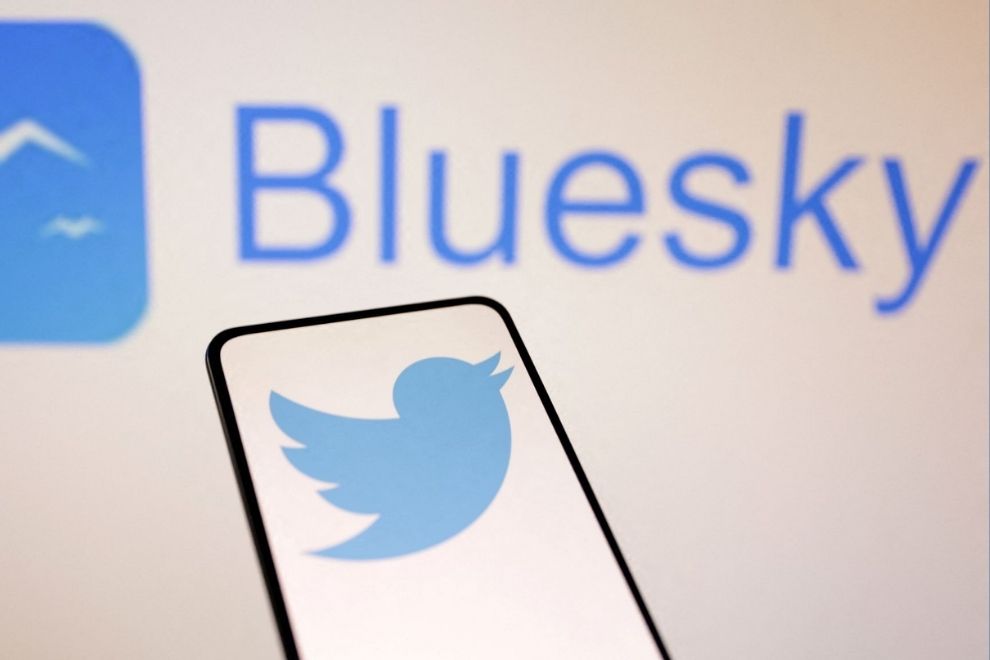Is the grass greener on the other side? We’re not sure, but the sky is definitely bluer. As of September 2024, BlueSky has surpassed 9 million users, buoyed by a significant influx after X was banned in Brazil. Following Elon Musk’s acquisition of Twitter, which was rebranded as X, many users sought alternatives. Consequently, platforms like Mastodon, Post, Pebble (which has since closed), and Spill emerged as potential replacements. Among these options, BlueSky has achieved remarkable growth. After being invite-only for nearly a year, BlueSky finally opened to everyone in February 2024. The platform experienced an impressive surge, adding almost 800,000 users in a single day. However, despite this rapid growth, BlueSky still faces stiff competition. It lags behind Threads, which boasts 130 million monthly active users, and Mastodon, which has 1.8 million. Therefore, BlueSky still has a long way to go to catch up with these social media giants. If you’re exploring alternatives to X or wondering what BlueSky is about, we’ve got you covered. Read on to discover what BlueSky is and learn more about the app.
BlueSky’s Bold New Leadership
BlueSky, a decentralized social app, was initially conceived by Jack Dorsey and developed alongside Twitter. Featuring a Twitter-like interface, it offers users algorithmic choices, a federated design, and community-specific moderation. However, while Dorsey initially funded the project, he has since stepped back from daily involvement and no longer sits on the board. In his place, CEO Jay Graber, who brings experience from Zcash and her event-planning site Happening, now leads the charge. Powered by the open-source AT Protocol, BlueSky provides users with transparency in its development.
BlueSky’s Journey from Twitter to Independence
Originally, the project launched in 2019 with hopes that Twitter would adopt its decentralized model. Yet, the direction changed after Elon Musk acquired Twitter, prompting BlueSky to chart its own course. By May 2024, Dorsey had officially exited the platform, leaving Graber to oversee its continued growth. In a significant move, the app made its debut on iOS in February, and soon after, rolled out to Android users by April, marking an important step forward in its expansion.
Getting Started With Your BlueSky Adventure
When you sign up for BlueSky, you first create a handle (e.g., @username.bsky.social) and a bold display name. For added customization, you can even turn your own domain into a handle, like @amanda.omg.lol. The app works similarly to a simpler version of Twitter. You can create 256-character posts, add photos, and easily engage with others through replies, reposts, likes, and shares.
New Features: Discover, Customize, and Engage
Recently, BlueSky replaced its “What’s Hot” feed with a personalized “Discover” feed that highlights trending and curated content. Upon signing up, new users receive a “Starter Pack,” which suggests people and feeds to follow. Your profile then includes a bio, metrics, and posts, much like Twitter. Interestingly, users often call posts “skeets,” a playful mix of “sky” and “tweet,” although the CEO isn’t a fan of the term.
BlueSky’s Meteoric Rise
By July 2023, Bluesky surpassed a million downloads on iOS and Android, shortly after Instagram’s Threads launched. Notably, prominent figures such as Neil Gaiman, Dril, and Chelsea Manning joined the platform, alongside respected news outlets like Bloomberg, The Washington Post, and Engadget. Furthermore, in August 2024, Bluesky began allowing heads of state to sign up, marking a major milestone for the app.
BlueSky’s Commitment to Users
To enhance security, Bluesky introduced email verification in October 2023, which strengthened its competitive edge against larger platforms like X. In response to user concerns, Bluesky also allowed users to opt out of exposing posts to the public web in December 2023. Additionally, in May 2023, Bluesky launched “custom feeds,” enabling users to curate their timelines with various algorithms. Moreover, in March 2024, the company introduced the “AT Protocol Grants” to support developers in creating tools like SkyFeed for building custom feeds.
DMs & Future Plans:
Bluesky recently introduced direct messages (DMs); however, they currently support only one-on-one conversations and do not include group chats like X. Furthermore, Bluesky has shown interest in adding a feature similar to X’s Community Notes. Unlike X, however, Bluesky operates on the decentralized AT Protocol, which sets it apart.
BlueSky vs. Mastodon: A New Era of Social Media?
Although Jack Dorsey started Bluesky in 2019, it became independent in 2021. While Bluesky’s structure resembles Mastodon’s, many users find Bluesky more user-friendly. On the other hand, Mastodon’s instance selection process can be overwhelming, and its established norms can make joining intimidating. Nevertheless, Mastodon has recently simplified its sign-up process, making Mastodon—social the default server. Additionally, Bluesky’s launching of the federation will soon allow users to choose and switch servers easily, similar to Mastodon.
The Future of BlueSky: A New Favorite Social Hub?
With its rapid popularity and excitement, Bluesky is poised to become a widely celebrated platform. As more users flock to this vibrant space, you must explore the app thoroughly. Therefore, dive into the experience by visiting their domain within the app. Doing so will give you valuable insights and fully appreciate everything Bluesky offers. Consequently, don’t miss out on what could become your next favorite social hub!

